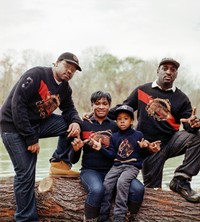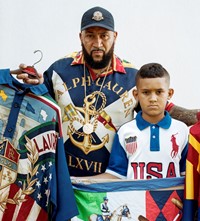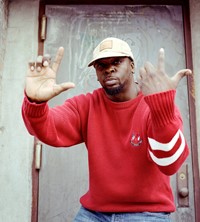For the second part of his series, Calum Gordon explores Ralph Lauren’s extraordinary place in the history books of hip hop style
- TextCalum Gordon
Whether it’s Gucci and Louis Vuitton riffing on the work of Dapper Dan, or the contemporary streetwear labels building on the foundations of early pioneers like Stüssy and X-LARGE, hip hop’s influence on how we dress in undeniable, and fittingly, impactful. Each epoch of this subculture turned de facto pop culture has come with its own host of styles and labels. To chart each one – often specific to regions or neighbourhoods, or trends with limited lifespans – would be impossible. But some brands have left a lasting impact, either stylistically or on how we have come to view hip hop as a driving force within contemporary fashion. In The History of Hip Hop Style in Four Brands, which coincides with the A/W18 men’s shows, we look at those brands whose wares or influence continue to resonate.
In a way, rap and Ralph have always shared a similar outlook on the American Dream. Hip hop as a means of transcending one’s circumstances is a motif at the core of countless songs, while Ralph switched his name from Lipschitz to Lauren, and went on to build the most powerful fashion company in the US. Both offered proof that it was, in theory, possible. And it was perhaps only natural that rap, with its penchant for one-upmanship and the finer things in life, would eventually gravitate to a brand built on the very idea of American aspiration.
Born the son of Jewish immigrants in New York, Lauren launched his label in 1967, initially selling men’s ties before expanding into apparel. An archetypal rags-to-riches tale, by the time crews like the Lo Lifes had begun to emerge in the late 80s and hip hop had punctured the mainstream, Ralph Lauren had created a veritable empire. More than clothes, though, Lauren sold an idea – his garments were imbued with the notion of wealth, success and privilege. The Lo Lifes meanwhile, a crew of African American Polo Ralph Lauren addicts from New York’s Brownsville – one of New York’s toughest neighbourhoods – also felt like getting in on the act. “The reality was, it wasn’t for them, it was never marketed to them,” explained Tom Gould, in an interview with Dazed last year. Gould, a filmmaker, has worked extensively with the group on a documentary about them and their love of Polo. “They came from the hood, and coming from there, dressing in this high-end clothing, they were aspiring to be something greater. They wanted to look like they had money, like they belonged wearing these clothes.”
Although not a rap group, hip hop was an integral part of the Lo Life-lifestyle. Its co-founder, Thirstin Howl III, was a rapper who often eulogised Polo in his songs. But more than that, the crew fundamentally influenced the early-to-mid 90s look of hip hop, particularly in New York. “Lo-Lifers helped push Polo and Polo Sport into an arena that needed an injection of style beyond weirdo dress shirts, unattainable Dapper Dan bootleg styling and Starter coats and sportswear,” wrote fashion writer and hip hop aficionado Gary Warnett in 2010. “They altered rap’s aesthetic for the better, and that didn’t come easily.”
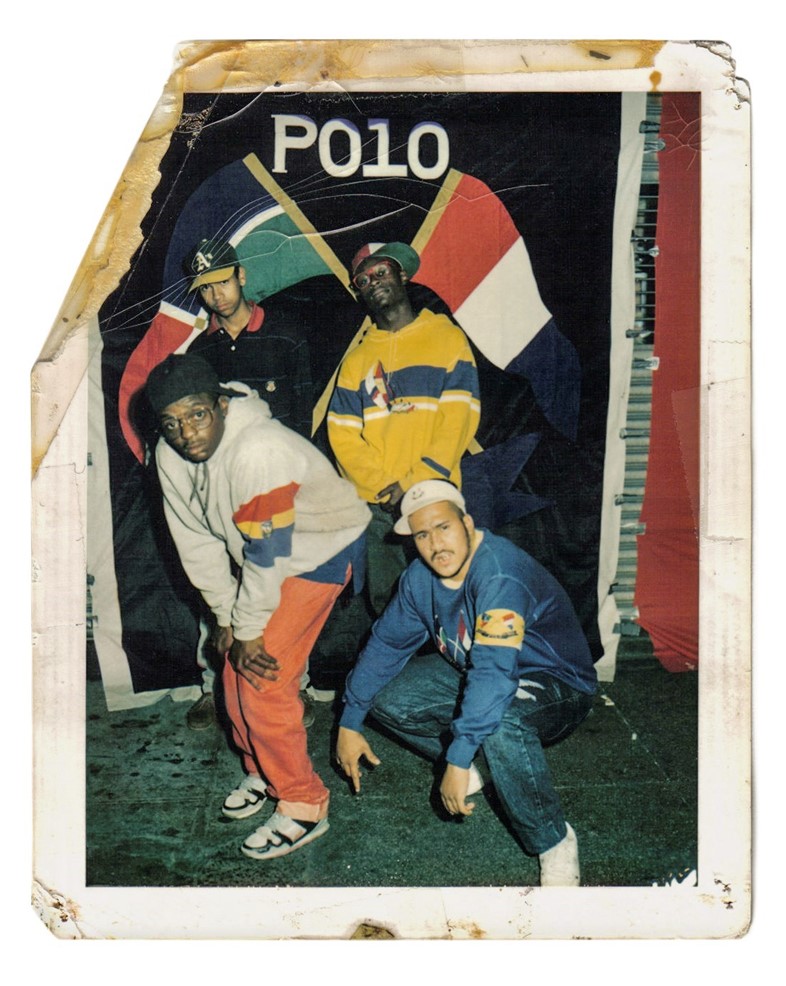
The iconic Fabolous was said to be a Lo Life affiliate, originally going under the moniker Fabolous Sport, but he was by no means alone in making the label a key component of his signature style. In 1994, Wu-Tang Clan released its video for Can It All Be So Simple, featuring the inimitable Raekwon rocking a Ralph Lauren ‘Snow Beach’ jacket (see below). Complex magazine would later place this at number two in its ranking of the 50 Greatest Fashion Moments in Rap Video History. “When I rocked it, it popped off. It became one of those pieces,” Raekwon later said of the piece which, incidentally, is being relaunched by the brand on January 25.
Ultimately, Ralph Lauren never set out to appeal to your average rap listener, and hip hop’s relationship with labels like Lauren – and the similarly preppy Tommy Hilfiger – also revealed an all too common dynamic of black creativity, art and style lining the pockets of white men. This provided the context for a spate of black-owned fashion brands to spring up in the mid-90s as a response, with FUBU – an acronym of “For Us By Us” – addressing this point head on in its name. But while unfounded rumours of racism eventually extinguished any sense of Hilfiger as a hip hop label – despite arguably embracing its newfound audience more of the two – Ralph continued to prevail throughout the 90s and into the 2000s.
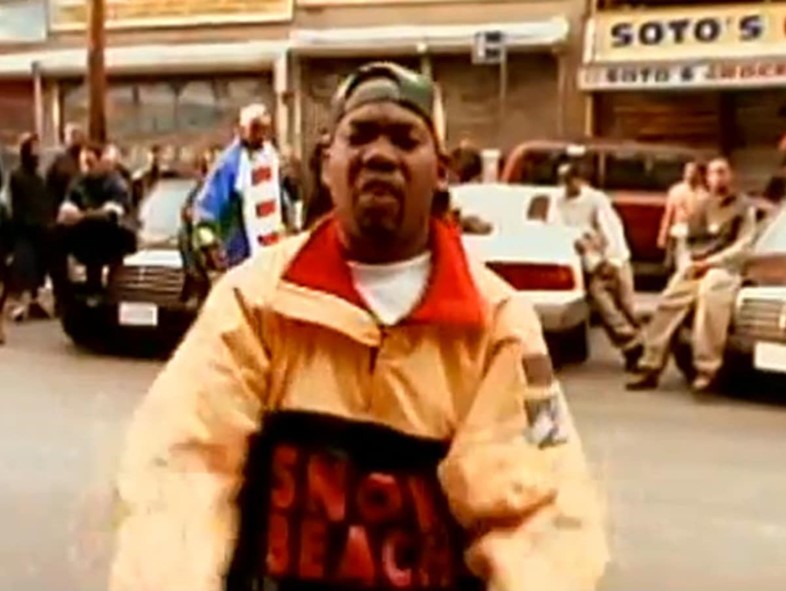
“Ralph was boring before I wore him,” rapped Kanye West in 2006, a reference to his previous penchant for pink polos and all things preppy when he first burst onto the scene in 2004 with College Dropout. Meanwhile, 2 Chainz delivered the infamous line: “Horsepower horsepower, all this Polo on I’ve got horsepower” on Mercy in 2012, just one in a glut of references to the Ralph Lauren which have been made in recent years by hip hop’s most style-conscious rappers. Indeed, in a GQ survey of brands mentioned rap lyrics in 2015, Ralph Lauren is the only American label to make it into the top ten. Throughout, the label has continued to maintain relevance.
Today, however, you’re far more likely to hear brands like Off-White name dropped in songs than Polo. “Flex in my Off-Whites with Benjamin Franklin” rapped Migos’ Takeoff recently on a track titled Blue Cheese. In Pyrex Vision, Off-White founder Virgil Abloh found his springboard into the world of fashion design, printing “PYREX 23” on flannel shirts and taking the label’s name from a Pusha T lyric. He hasn’t looked back since, building an empire from one simple idea.
Fittingly, the brand of flannel shirts he printed that idea on, was Ralph Lauren.
Calum Gordon is a Berlin-based fashion writer and the co-author of Contemporary Menswear. His work has also appeared in Dazed, SSENSE, and Kaleidoscope.
Lo Life images courtesy of Tom Gould.
More from this series:

